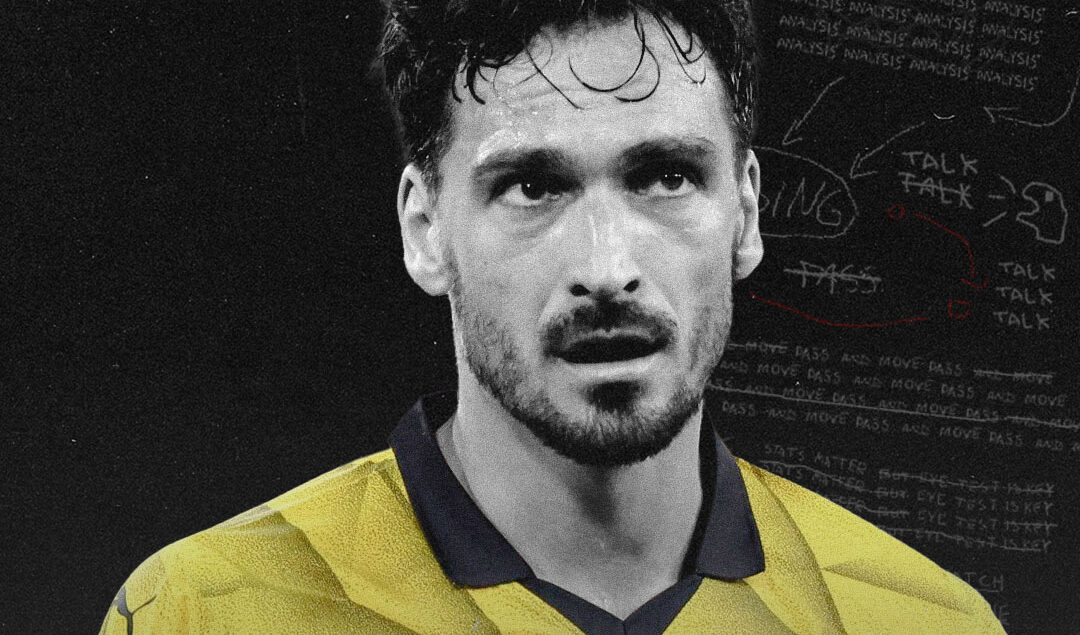The November International Break: Two Weeks Without Club Football
The international break arrives like an unwelcome guest. Your club’s hitting form, tactical patterns clicking, momentum building—then everything stops for a fortnight. Players scatter across continents. Training ground videos disappear. The rhythm that took months to establish just… pauses.
November’s international break particularly stings because it lands mid-season when league narratives finally crystallise. You’ve spent three months watching your team develop chemistry, and suddenly key players vanish for Nations League fixtures or qualifiers nobody locally cares about. The disruption feels arbitrary, imposed by FIFA’s calendar rather than organic competition flow.
How Supporters Fill the Void
Football fans develop coping mechanisms during these enforced breaks. Some embrace alternative entertainment entirely—many explore bitstarz alternatives and similar platforms offering different competitive experiences during the club football hiatus. These digital entertainment options provide variable odds and quick results that scratch the competitive itch whilst league action remains suspended. Others dive deeper into tactical analysis, rewatching previous matches, or consuming content about upcoming opponents.
The key is finding activities that maintain engagement without demanding the same emotional investment as club fixtures. International matches rarely provoke the same visceral responses—even when your nation’s playing, the stakes feel different, diluted somehow compared to crucial league points or cup progression.
The Tactical Perspective Shift
International breaks offer rare opportunities to analyse football from different angles. Watching players in international setups reveals aspects club football obscures. You see your creative midfielder forced into rigid national team systems. Your dynamic winger becomes a defensive-minded wingback under a cautious international manager.
Observations only possible during international breaks:
- How players perform without their club’s tactical framework
- Individual quality stripped of team chemistry
- Different pressing systems and their effectiveness
- Player versatility when deployed in unfamiliar roles
- Form indicators for returning club fixtures
These observations inform how you watch club football afterwards. Seeing your striker struggle in an isolated role for his national team helps explain why your club’s build-up patterns suit him better. Understanding becomes deeper through contrast.
The Injury Anxiety
Every supporter dreads international break injuries. Your star defender tears a hamstring in a meaningless friendly. Your creative fulcrum takes a knock in the qualification already secured. These injuries feel particularly cruel because they occur outside club control—borrowed players damaged whilst serving different masters.
The anxiety peaks when you see your players named in starting XIs for both international fixtures. Why risk them twice? Why not rotate? International managers prioritise their competitions, naturally, but club supporters watch helplessly as fatigue and injury risks accumulate in matches that matter less to their specific concerns.
Alternative Football Consumption
International breaks push supporters toward content they’d normally skip. Lower league highlights become interesting. Women’s football gets proper attention. Tactical analysis videos suddenly seem worth the 40-minute commitment. Podcasts discussing football philosophy fill commute time usually reserved for post-match analysis.
Content consumption patterns during breaks:
- Historical match replays and documentaries
- Tactical deep-dives on upcoming opponents
- Transfer rumour analysis (despite no window being open)
- Statistical deep dives into team/player performance
- International football for nations you don’t typically follow
This broadens football understanding but rarely satisfies the way club fixtures do. It’s football-adjacent entertainment rather than the genuine article.
The Return Build-Up
The final days before club football resumes carry distinct energy. Injury reports dominate social media. Training ground photos get scrutinised for selection clues. Press conferences become appointment viewing rather than background noise.
Supporters mentally prepare for the resumption. Has the break disrupted momentum? Will returning internationals show fatigue? Did injuries in international duty weaken your squad? These questions create anxiety and anticipation simultaneously.
When International Football Actually Matters
Occasionally, international breaks deliver genuine drama that even club-focused supporters appreciate. World Cup qualifying deciders. Major tournament playoffs. Nations League finals with actual consequences. These moments justify the break’s existence—briefly.
But most international breaks involve neither. They’re maintenance windows in FIFA’s calendar, necessary for the broader football ecosystem but frustrating for supporters invested primarily in club competitions. The football on offer rarely matches club quality. Tactics seem rudimentary. Team chemistry obviously lacks the refinement that comes from daily training together.
The Bigger Picture Frustration
The November international break represents broader tensions in modern football. Clubs invest millions developing players and building squads, then surrender them biannually for international duty. Players accumulate fatigue serving multiple masters. The calendar groans under competing interests.
Supporters caught in this system just want their club football back. The two weeks pass slowly, filled with inferior football and mounting anxiety about how players return. International breaks serve purposes—national team development, competitive balance, FIFA’s commercial interests—but they test the patience of supporters whose primary football loyalty remains firmly at club level. When the break finally ends and club fixtures resume, the relief is palpable. Football, real football, returns.
